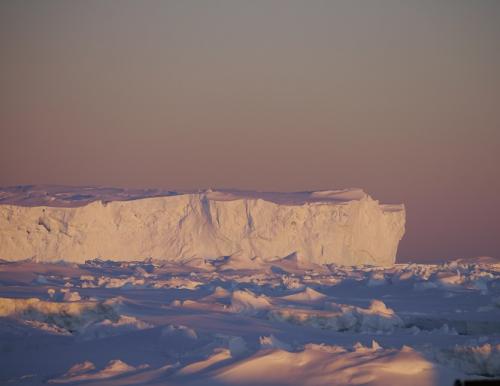After nearly a year since the completion of the NBP 1402 expedition to East Antarctica the Abstract of the findings have been published. The scientists Have completed their reports and have submitted them at the Annual American Geophysical Union held in December in San Francisco. Below is my interpretation of the findings. As new information becomes available I hope to provide further information.

What questions did the expedition hope to answer?
- What are the characteristics of the ocean floor in terms of topography and geology?
- How much water from subglacial lakes as well as their sites of discharge, and how will it increase the release of The East Antarctic ice sheet?
- How do changing ocean currents, temperatures and salinity weaken ice sheets by subglacial infiltration?
Initial findings from the physical oceanographers, geologists, seismologists:
Ocean current temperatures have increased not only at the surface but far below it. This has a negative effect to the stability of the Ice sheet as warmer waters now infiltrate between the continent and the sheet. Temperatures far below the surface showed an increase which was unexpected. It was initially thought that this remote region was impervious to ice loss. That now appears not to be the case.
Evidence of exiting water below the massive ice sheet was found from a series of seismic tests has shown large troughs or ravines indicative of drainage.
Samples of bottom sediments known as diatoms (chiefly Foraminifera sp.) were gathered for extensive analysis. The core sites determined from the seismology, and were in regions of times of previous glacial ice loss or warming Earth. These will give a snapshot into the chemistry and physical factors of past warming trends. Fixed moorings and sediment traps left while on the expedition will be retrieved next year, providing additional data for comparison.
The region has been previously unexplored and the interdisciplinary experimentation has found regions of past and possible future subglacial water release into the Southern Ocean. The Totten GlacierA mass of ice that persists for many years and notably deforms and flows under the influence of gravity. region has a potential 6.9 meter increase in ocean levels. This amount is greater than that of all West Antarctica.
The research scientists will be presenting their results in two weeks at the AGU conference (American Geophysical Union Meeting 2014 in San Francisco, CA. At this time a more complete picture of the history and future remote region will be known.
It is significant to mention that the multidisciplinary approach of the NBP1402 expedition enabled a “rapid, but detailed” baseline assessment of the unexplored area. “This provided students an exceptional opportunity and is ideal for research expeditions during the unpredictable nature of the short Antarctic field season”.
- < prev
- 47 of 47


Comments